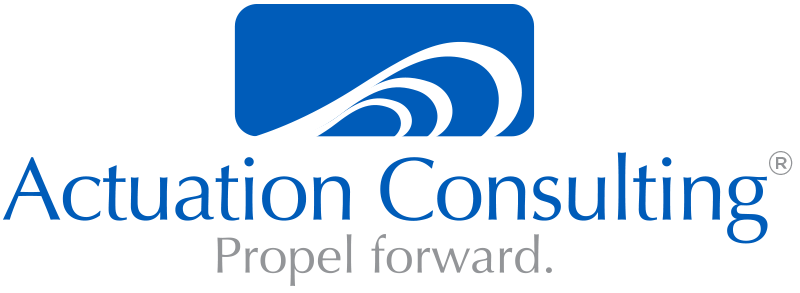An effective positioning statement integrates the overarching value proposition and the actual positioning of the product into a high level set of statements the summarize the overall solution. Positioning statements are often called an “elevator pitch” which alludes to the fact that this summary statement needs to be quick to convey and to the point.
The Most Common Positioning Statement Format
There are multiple formats to choose from when drafting a positioning statement. For instance, the simile format or the user-story style which we will discuss in a moment. However, I tend to favor the format introduced by Geoffrey Moore in his book Crossing the Chasm.
| Statement | Description |
| FOR <target market> | A concise definition of the market segment |
| WHO HAVE <this problem> | The problem statement indicating the underserved need or market gap |
| OUR PRODUCT IS <solution category> | A generic name to help categorize the solution to the market |
| THAT PROVIDES <key benefits> | Key benefit(s) and the value provided |
| UNLIKE <reference competition> | Defines the primary alternative market solution(s) |
| OUR SOLUTION <key advantages> | Identifies how this product differentiates from the competition in a way that creates customer value |
Moore, G. (2002). Crossing the Chasm. New York, NY: HarperCollins
Alternative Positioning Statement Formats
As mentioned earlier there are alternatives to this format. The simile format is quite possibly the quickest way to communicate the message. This approach explains the product by utilizing a concept that is familiar in order to provide a context that is easily understood. “It is like <reference another product here> but for <new use>. An example of this format might be the hover board: It is like a skateboard but without wheels.
Alternatively, many teams utilizing Agile methodologies are increasingly using the user-story format. Here’s an example; As a <persona> I want to <solve a problem> so that <professional benefit statement> plus <personal benefit statement>.
Ultimately the style you choose to use should resonate with your customers and stakeholders and help focus the development and marketing of the product.
Advancing the Profession of Product Management™
website I consulting I training I toolkits I books I blog I twitter

